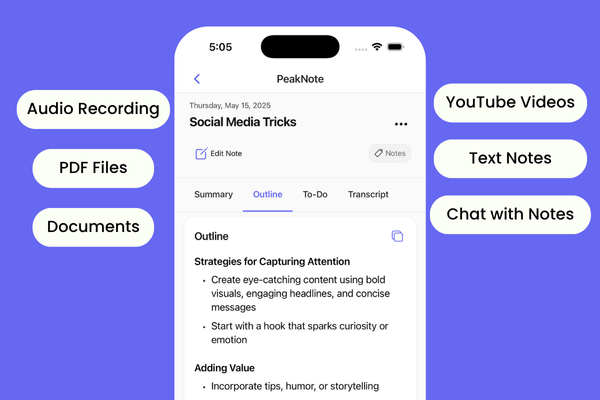

Strapi
The leading open-source headless CMS
About this tool
Strapi is a powerful tool designed to make content management easier and more efficient. It is an open-source headless Content Management System (CMS) that allows you to manage and deliver content across any device. Here’s how it works and what benefits it offers:
Strapi is built on a headless architecture, which means it separates the backend (where your content is stored and managed) from the frontend (how your content is displayed to users). This approach gives you the flexibility to use any frontend framework you prefer, such as React, Vue, or Angular, and connect it to Strapi’s backend using RESTful or GraphQL APIs.
One of the key features of Strapi is its ability to create custom content types. This means you can define how your content is organized and stored, making it easier to manage and reuse across different platforms. For example, you can create a content type for products, articles, or even user profiles, and then use these types to structure your content in a way that makes sense for your application.
Strapi also offers a user-friendly interface for creating and managing content. You can use the Content-Type Builder to define your content types and then use the Content Manager to create and edit content entries. This makes it easy to keep your content up-to-date and consistent across all your platforms.
For SEO, Strapi provides several features to help improve your site’s visibility. You can create clean and descriptive URLs using slugs based on your content names, which helps search engines understand your site structure. Additionally, you can customize metadata fields for each content type, which is essential for on-page SEO.
Strapi supports dynamic content delivery, allowing you to reach users through various channels. You can use REST and GraphQL APIs to distribute content flexibly and adapt to changing requirements with ease. This helps improve user experience and keeps your applications responsive.
Integrating Strapi into your tech stack can centralize content management and make it easier to oversee and organize information. It offers version control and role-based permissions, which support collaboration by enabling teams to manage changes, define roles, and connect with other tools to improve workflows.
Strapi’s modular architecture allows for enhancing its functionality with plugins and extensions. You can add plugins from the Strapi Marketplace or create custom plugins to meet specific project needs. This flexibility makes Strapi a versatile tool for building powerful and user-friendly applications.
Overall, Strapi is a versatile and powerful tool for managing and delivering content. Its headless architecture, custom content types, and SEO features make it an ideal choice for businesses looking to improve their content management and reach users across multiple platforms.
🔥 Featured Tools
helpy-ui
Find Tools That Cover Your Code
PeakNote: AI Note Taker & Voice Recorder App
AI note taker for voice recording, meeting transcription, and smart summaries
Cloud Infrastructure Platform
Simple, affordable cloud hosting for developers and businesses
Bookmark Folders for ChatGPT
Search Your ChatGPT History and Manage Your Chats in Folders
More Developer Tools
HumanWhisper Chat Assistant
AI-powered chat assistant for fast, accurate answers and productivity
Worxmate.ai
The Ultimate AI-Powered Performance Management and OKR Software
CrawlerCheck
CrawlerCheck: Master your site's visibility.
RankingsFactor
SEO tool for domain analysis, backlink quality, and website ranking metrics
